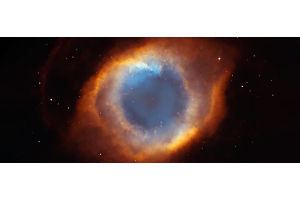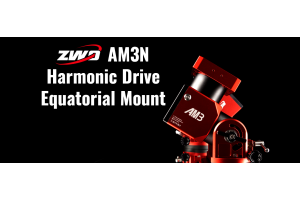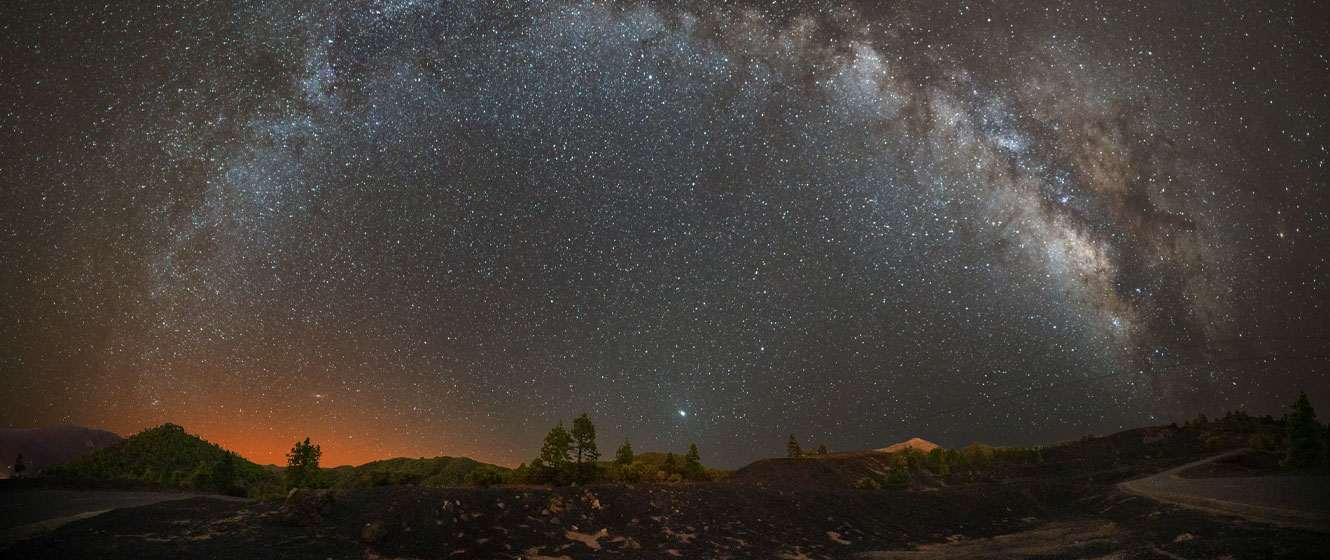
We all dream of long, dark nights under a star-studded sky. We’ve all imagined looking up at the Milky Way arcing overhead, stretching from horizon to horizon. Maybe there’s also a planet or two glinting toward the south. Regardless of our individual imaginings, there’s always one thing missing: light pollution.
Just a few centuries ago, light pollution simply wasn’t a problem, but it’s becoming increasingly harder to find the pristine skies we dream of. That’s why DarkSky International works with parks and communities across the world to preserve the local environment - not just for the people who enjoy stargazing, but also for the wildlife who call that park their home.
But what is a dark sky park? How can you choose one to visit? And what should you expect?
What Is A Dark Sky Park?
Originally incorporated as the International Dark Sky Association (IDA) in 1987, the organization was founded by Dr. Tim Hunter, Dr. David Crawford, and Bill Robinson Sr. Besides identifying and working to preserve dark sky locations, the organization also certifies industrial and residential lighting that reduces light pollution, works with communities and governments to reduce light pollution, and educates the public on how light pollution adversely affects the environment.
Dark Sky International currently recognizes five different types of dark sky locations, all of which are open to the public to some extent:
- International Dark Sky Sanctuaries
- International Dark Sky Reserves
- International Dark Sky Parks
- International Dark Sky Communities
- Urban Night Sky Places
As of November 2023, there are over 200 locations, covering over 160,000 square kilometers (100,000 sq. miles) of land in 22 countries and 6 continents. Many are open to the public, while a few others are on private land and/or difficult to reach. You can find a complete list here.
International Dark Sky Sanctuaries
Dark Sky Sanctuaries are some of the most remote (and therefore darkest) locations in the world. Besides preserving dark skies, these sites are also dedicated to the conservation of the flora and fauna in the area.
These sites are frequently in locations that are difficult to access, so this designation is primarily used to promote awareness and encourage their conservation and protection.
Dark Sky International recognizes 18 sanctuaries worldwide, with half of these being in the US.
Image: Aotea Great Barrier Island
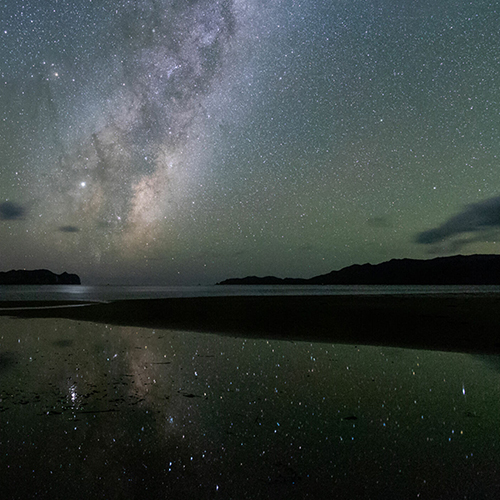
International Dark Sky Reserves
A Dark Sky Reserve is an area of land (either public or privately owned) covering at least 700 square kilometers (435 sq. miles) that is recognized for its dark skies and is protected for its scientific, environmental, and cultural heritage.
There are currently 21 reserves across the world; two are located in the US, while England has the most, with five. Covering a staggering 9 million acres (38850 sq km, 24,140 sq miles), the Greater Big Bend International Dark Sky Reserve in Texas is by far the largest; little wonder then, that the McDonald Observatory is based there!
Image: Alpes Azur Mercantour
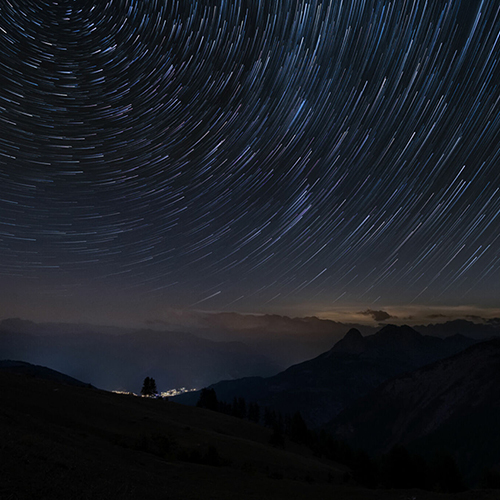
International Dark Sky Parks
Like sanctuaries and reserves, a Dark Sky Park is dedicated to the preservation of both the night sky and the local environment. However, a park is a little different from both.
More specifically, whereas a sanctuary can be somewhere remote and a reserve must be an area of at least 700 square miles, a park should also provide regular educational programming.
There are more parks than any other type of dark sky location. As of November 2023, there are 117 parks around the world, with the majority (85) being in the US, and most of those (50) located in the southwest of the country.
(Incidentally, not all of them are technically parks, and DarkSky International will often refer to them as sites or simply places.)
Perhaps not surprisingly, Death Valley National Park in Nevada was one of the first, and its dark skies have earned the highest level of designation.
Image: Anza-Borrego Desert State Park
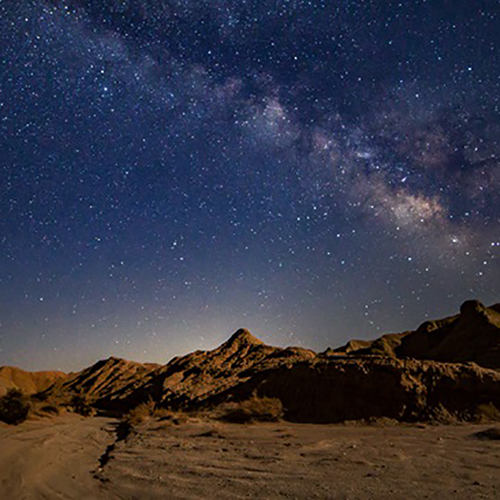
International Dark Sky Communities
A Dark Sky Community is a town, city, or municipality that has dedicated itself to the preservation of the night sky. This can be through the implementation and enforcement of lighting standards, education and citizen support.
There are currently 43 dark sky communities around the world, with 24 being located within the US. For example, Sedona, a popular tourist destination in Arizona, was one of the first to be certified in late January 2015.
Image: Blanco, Texas
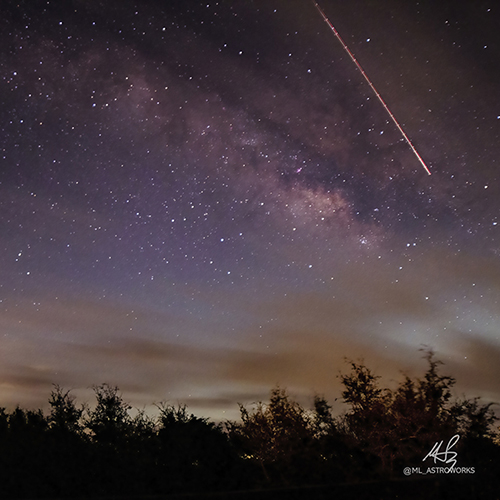
Urban Night Sky Places
As the name implies, an Urban Night Sky Place is an area near or within a large urban environment that actively promotes the preservation of dark skies and educates the public on proper outdoor lighting.
This is the newest category, and as such, it has the fewest locations. As of November 2023, there are nine recognized urban night sky places, six of which are located in the United States. The first of these was the Timpanogos Cave National Monument in the Wasatch Mountains of northern Utah.
Image: Minami-Rokuroshi
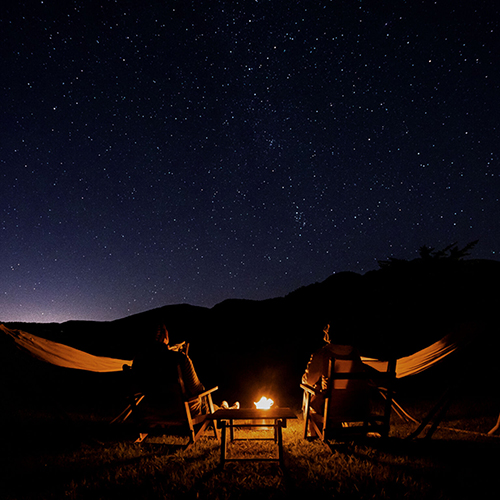
How to Select a Dark Sky Park
Unless you live locally, the chances are you’re going to be spending more than one night at a dark sky park. After all, you’ll want to make the most of your visit and take advantage of the pristine skies while you can. With this in mind, it’s a good idea to consider the following when selecting your destination:
- Accessibility
- Accommodation
- Daytime Activities
- Travel Considerations
- Weather
DarkSky International’s website lists the contact details of each location, and it’s always best to contact the park directly for the most accurate and up-to-date information.
Accessibility
Finding a dark sky location is great, but it’s not much good to you if you can’t easily reach it! Many of the parks on DarkSky’s site have a link to Google Maps, so the first thing you should do is get a better idea of its location and its surroundings.
For example, Arches National Park in Utah is about 30 miles south of I-70 and can be easily reached via 191-S. Locations in the US are generally pretty accessible, but locations overseas might require a little more thought - especially when you’re not familiar with the roads or the landscape.
One example of this is Hehuan Mountain in Taiwan. Besides the unfamiliar roads, you’ll most likely also need to hike a little way to get to your destination.
Either way, be sure to check the park’s website (there’s typically a link on DarkSky’s site) and then call or email the park for more information.
Accommodation
Another important factor you need to consider is where you’ll stay during your visit. Most will allow you to camp on-site, while some, such as the Natural Bridge State Park, have cabins you can book in advance. Similarly, sites in the US will often allow you to camp with your own RV, while those overseas (such as the Elan Valley Estate in Wales) will have other lodgings where you can stay.
Again, be sure to check the website or contact the park directly for the most accurate and up-to-date information.
Daytime Activities
If you’re visiting a dark sky park, it's because you want to indulge in your love of astronomy. But what about during the day? What will you do while you wait for the skies to darken?
While many of the dark sky parks are excellent locations for hiking and getting back to nature, some offer daytime activities and sights too. It’s also worth looking for nearby towns or places of interest that might prove to be worthy distractions during the day.
If you’re very lucky, you might find yourself close to an astronomical attraction. For example, the Siding Spring Observatory is just one of several to be found in the Warrumbungle Dark Sky Park in Australia.
Travel Considerations
Unfortunately, there's no way to instantly transport yourself to your chosen deep sky park, so you'll need to make travel arrangements to get there.
Travel within the US is pretty straightforward, but even if you're flying, you'll need to consider ground transportation. Plan your route and be sure to estimate gas, food, and lodging. Lastly, don't forget to consider insurance, especially if you’re relying on third-party transport to get you there.
Traveling overseas might require a little more planning. Besides passports, flights, and accommodation, some countries may also require visas and vaccinations, so it's best to check as soon as you finalize your plans.
Lastly, consider your equipment, as your travel plans will strongly influence the equipment you can bring. If you’re driving within the US, this might not be a major concern, but if your plans involve flying you might find your options to be more limited. Call your airline or travel agent for advice on how best to proceed.
The Weather
Nothing ruins your vacation quicker than rain - especially when your plans involve observing the night sky. If you've yet to choose your destination, be sure to pick one that has a good chance of clear skies during your stay.
Also, don't make the mistake of assuming the weather will be better during the summer. While that's generally true, it will also depend on where in the world the park is located.
There are a number of websites that can provide historical weather information, with one of the best being Weather Spark. Enter your chosen location, and it will provide a detailed year-round summary that includes:
- Temperature (including average highs and lows and hourly temperatures);
- Cloud coverage;
- Precipitation and rainfall;
- Humidity;
- Wind (including direction);
- Daylight hours;
- Sunrise, sunset, and twilight times, and
- Solar and lunar elevation
Best of all, it's free (although there are the obligatory ads!)
What to Expect & What to Bring When Visiting a Dark Sky Park
Every park offers exceptionally dark skies, but beyond that, every park offers something a little different. Regardless of whether you know what to expect in terms of weather, accommodation, and activities, it’s a good idea to contact the park directly before your visit. That way you can ask for advice and get the inside scoop on everything you need to know.
The park can also offer advice on what you should bring. For example, they could tell you which items of clothing are best - should you wear layers? Are hiking boots a good idea? Do they have equipment for hire?
Of course, you’re there for the night skies, so make sure you’ve taken your astronomical equipment into consideration. Is it practical to take your telescope? What about your camera gear? And let’s not forget your eyepieces, filters, charts, and the all-important red flashlight.
Lastly, be sure to ask the park about the best spots for observing and astrophotography. You never know - besides giving you tips on where to set up, there might also be an expert on hand who can help you.
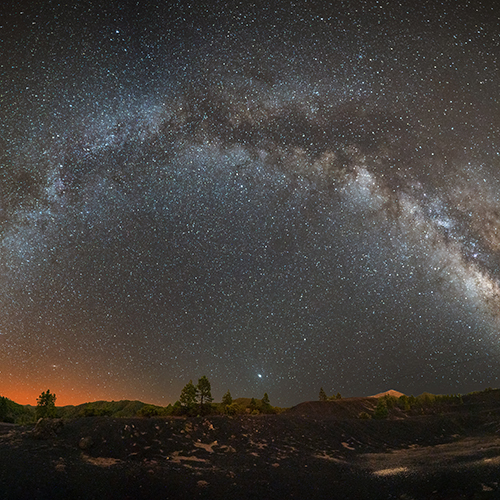
We all love to explore the cosmos, but these rare locations offer us the opportunity to explore the Earth as well. Regardless of where you choose to wander, at these dark sky parks you’ll certainly find the stars waiting and the dark skies you dream of.

Questions? Learn More!
Interested in learning more? Check out our articles in the Astronomy Hub for all your astrophotography and astronomy needs!









